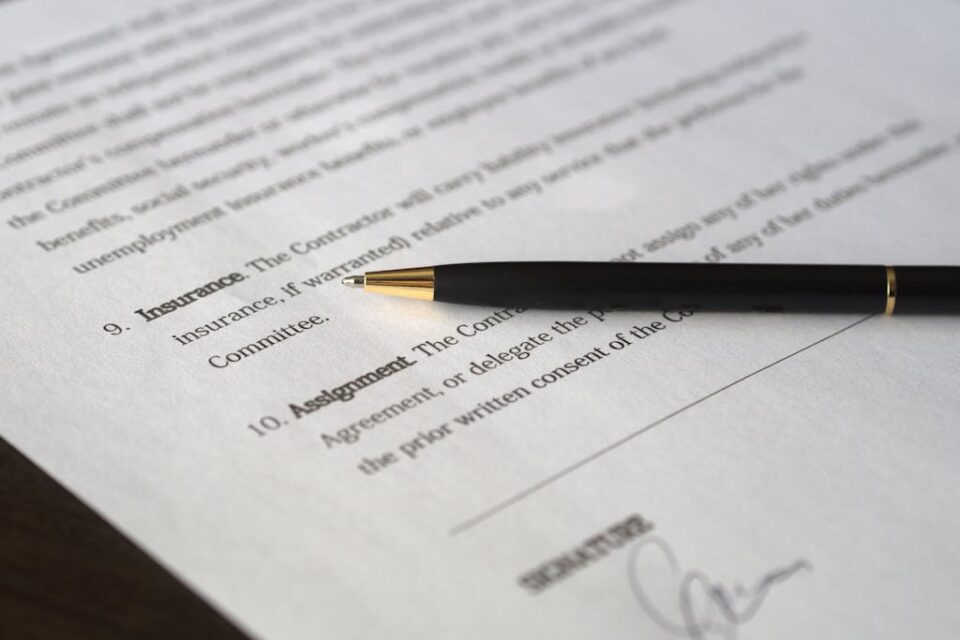Buying car insurance for the first time can be a daunting process, especially with all the options available and the terminology involved. Whether you’ve just bought your first car or are switching insurance providers, understanding the basics of car insurance is crucial to making the right decision. This guide will provide essential information to help first-time car insurance buyers navigate the process and choose the best policy for their needs.
Understanding Your Coverage Needs
The first step in purchasing car insurance is determining what type of coverage you need. Auto insurance policies typically include liability, collision, and comprehensive coverage, each offering different levels of protection. Liability coverage is mandatory in most states and covers the cost of damage or injury you cause to others in an accident. Collision coverage helps pay for repairs to your own vehicle, while comprehensive coverage protects against non-collision events like theft or weather-related damage.
As a first-time buyer, it’s important to assess the value of your car and your financial situation when deciding on coverage. If you have a new or expensive vehicle, you may want to opt for higher coverage limits and comprehensive insurance. If you drive an older car with a lower value, you may be able to save money by opting for just liability and collision coverage.
Comparing Quotes and Providers
Once you have a clear understanding of the coverage you need, it’s time to shop around for the best rates. Insurance premiums can vary significantly between providers, so it’s important to get quotes from multiple companies. Many insurers offer online tools that make it easy to compare quotes, and some may even offer discounts for first-time buyers.
When comparing quotes, don’t just focus on the price. It’s also important to consider the reputation of the insurer, their customer service, and their claims process. A low premium may seem appealing, but if the company has poor customer reviews or a slow claims process, it could end up costing you more in the long run.
The Role of Deductibles and Premiums
As a first-time buyer, you’ll also need to understand the relationship between your deductible and your premium. The deductible is the amount you’ll need to pay out of pocket before your insurance coverage kicks in. Choosing a higher deductible can lower your premium, but it also means you’ll have to pay more upfront if you file a claim.
When selecting a deductible, consider how much you can afford to pay out of pocket in the event of an accident. If you can afford a higher deductible, you may be able to save money on your monthly premiums. However, if you prefer lower upfront costs, you may want to choose a lower deductible, even if it means paying higher premiums.
Discounts for First-Time Buyers
Many auto insurance providers offer discounts to first-time buyers, so it’s worth asking about available savings. Some common discounts include those for good students, safe drivers, or for bundling your car insurance with other types of insurance, such as renters or homeowners insurance. Additionally, some insurers offer discounts for vehicles with advanced safety features, such as anti-theft systems or automatic emergency braking.
Be sure to ask about any discounts you may qualify for when obtaining quotes. These discounts can help reduce the overall cost of your policy and make it more affordable.
Making an Informed Decision
As a first-time car insurance buyer, it’s important to understand your coverage options, compare quotes from multiple providers, and choose a policy that fits your budget and needs. By evaluating your coverage needs, understanding the role of deductibles and premiums, and taking advantage of available discounts, you can make an informed decision that ensures you have the right protection for your vehicle. With the right car insurance policy in place, you can drive with confidence knowing that you’re covered in the event of an accident or other unexpected situation.

